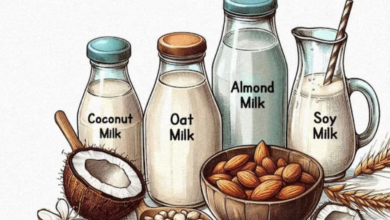35 per cent reduction in employees quitting offices due to hybrid work model, Stanford study shows

Ever since a global pandemic swept the entire planet, we, as a human race have been forced to re-evaluate our working habits. Work from home has become a mass phenomenon and as the economies are opening up, hybrid work culture is slowly becoming popular.
Now, a study conducted by Stanford University has revealed that hybrid work culture has reduced ‘Churn Rate’, also referred to as ‘Attrition Rate’ by 35 per cent at large technology firms.
‘Attrition rate’ is defined as the rate at which employees leave their companies. The trial was conducted over 1,612 employees of Trip.com from departments such as engineering, marketing and finance between 2021 and 2022, according to Nicholas Bloom, co-author of the study.
Reportedly, those having birthdays on odd-numbered dates were given the option to work from home on Wednesdays and Fridays while others had to punch in at the office full-time.
The findings of the paper prompted Trip.com to roll out a company-wide hybrid work model. The study results showed that employees working from the comfort of homes worked fewer hours but increased their work output on the days they were at the office.
Statistically speaking, employees worked 80 minutes less when working remote and 30 minutes extra on other work days and weekends,
One of the biggest takeaways from the study was that employees working from home reported higher productivity than their office counterparts; with an eight per cent increase in line of codes written, despite working less.
The work from Home employees emulated their habit of increased individual messaging and video call communication when working in the office, leading to better coordination amongst their peers.
A hybrid work model is the future. Companies at the moment are hesitant to pull the trigger but as more studies reveal the benefits, it wouldn’t be long before it becomes the preferred mode of working for employees worldwide.
(With inputs from agencies)







